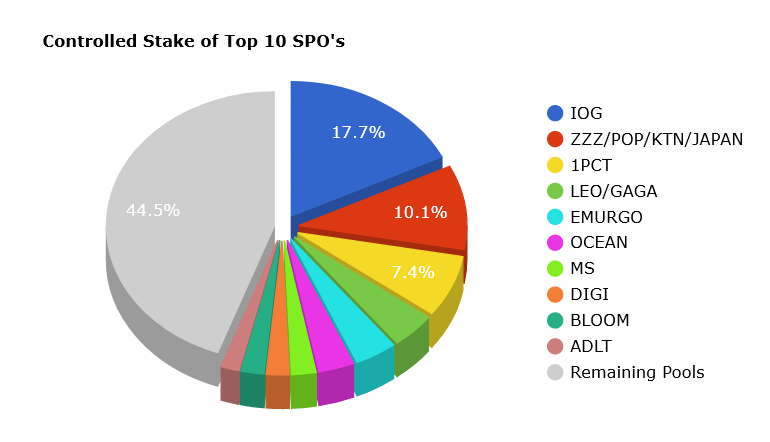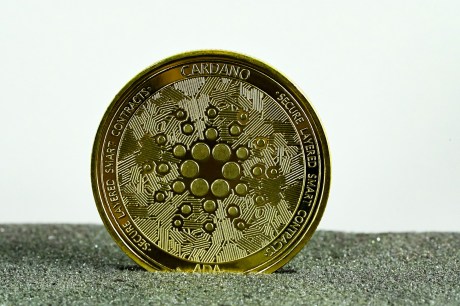IOHK CEO Charles Hoskinson has announced several new features aimed at helping small stake pools on the Cardano network.
Staking on Cardano went live on July 29th, following the Shelley mainnet launch. Although it’s still early days, the past three weeks or so have highlighted a gulf between big and small staking pools.
Hoskinson believes that Cardano can become the most decentralized network in the world. The Shelley roadmap lays out the expectation that the project can achieve 100 times the decentralization of other networks.
“Come the end of the Shelley era, we expect Cardano to be 50-100 times more decentralized than other large blockchain networks, with the incentives scheme designed to reach equilibrium around 1,000 stake pools.”
And while the 1,000 stake pools objective has been more than met, as we are witnessing, the raw number on its own doesn’t tell the full story.
The pie chart below shows approximately eight pools control half of the network. IOG (Input Output Global) is the biggest pool with almost a fifth of the controlling stake.

Source: seeada.org
Live data at present shows that around 80 pools, or 7% of the staking pools, still have zero controlling stake of the network.
If Cardano wants to lay claim to being the most decentralized network, then action is needed to close the gap between big and small pools.
New Cardano Features Coming Soon
Hoskinson took to YouTube to talk about what Cardano is doing to boost delegation to the small staking pools.
At the moment, one wallet can only delegate to one staking pool. Although a workaround exists, in creating multiple wallets, this is inconvenient and time-consuming.
To counter this, Hoskinson proposed the idea of adding a “one to many delegation” feature. This will allow users to delegate to multiple pools from just one wallet.
“As a consequence they do atomic delegation, so they delegate all of their ADA to just one pool. Whereas if they were given the choice to do one to many, they would probably proportionally delegate, which would benefit small pools a lot.”
As well as that, Cardano intends to launch a sharable portfolio function. From this, users can share their choice of pools and allocation percentages in a “playlist”.
“not only do you have the option to delegate to that portfolio, but you also have the option to share, so you can export it. And what this means is that users can create their own, basically, playlists… and share them with the broader community.
The idea behind this concept is to match grouped pools with investor intentions. For example, Hoskinson mentioned portfolios that contain only socially beneficial pools, or small stake pools, or geographically biased pools, etc.
To add to this, the up and coming Atlas explorer will feature a function to interrogate”playlists,” allowing them access to this information.
Cardano Delegation Portfolios and Hardware Updates: https://t.co/4v6nFJIGGP
— Charles Hoskinson (@IOHK_Charles) August 18, 2020
There’s no word on when these features will roll out. But it’s reassuring for investors to know that Cardano is actively addressing the gulf between big and small pools.



















